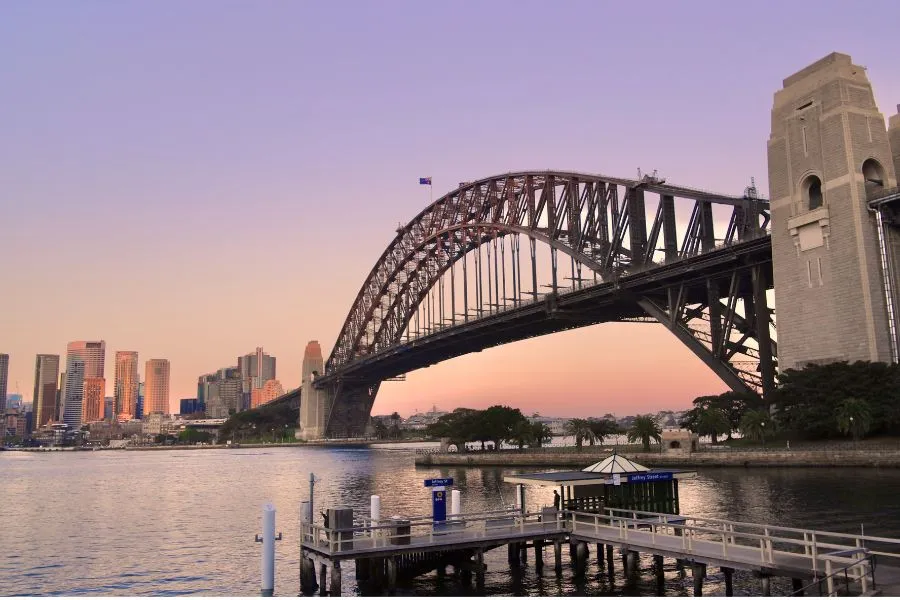Australia has always leaned on skilled migrants to fill critical labour gaps—but in 2025, applicants for the popular Subclass 482 visa (formerly known as the Temporary Skills Shortage visa) are wondering: Why is it suddenly taking forever to process? With timelines stretching far beyond what’s been typical in recent years, many workers and employers are caught in limbo.
Let’s unpack what’s going on—and what you can do to speed things up if you’re stuck waiting.
Key Takeaways
What Is the Subclass 482 Visa and Why Is It Important?
The Subclass 482 visa has long been the go-to pathway for skilled workers sponsored by Australian employers. It lets foreign professionals work in Australia temporarily in occupations where local talent is in short supply.
This visa is especially crucial for sectors like construction, healthcare, tech, and education. It not only fills urgent workforce gaps but also provides a stepping stone to permanent residency for many. It’s essentially a lifeline—both for migrants and for the industries that depend on them.
What Has Changed in 2025 for the 482 Visa?
The big shake-up came with the transition from the old Temporary Skills Shortage (TSS) model to the new Skills in Demand (SID) visa system. This reform, which officially kicked in in late 2024, was meant to streamline skilled migration. But, as often happens with structural changes, it created a temporary bottleneck.
Under the SID model, the visa still operates under the Subclass 482 number, but it’s now split into clearer streams, such as Core and Specialist. While the idea was to modernize and prioritize Australia’s talent needs, the implementation has created teething problems, especially for those caught between the old and new systems.
How Long Are Processing Times Taking Now?
The delays are real and noticeable. The Department of Home Affairs now reports that:
- Specialist stream: 90% of applications are processed in 67 days
- Core stream: Takes up to 3 months
- Legacy TSS (pre-December 7, 2024): Some applications are still in limbo after 9 months
For reference, back in 2022–23, processing times were often as short as 7 to 21 days. The current timelines are nearly triple that for many applicants.
Why Are the Delays Happening?
Several overlapping factors have contributed to the slowdown:
- Massive surge in applications: A 36% increase in lodged applications in just one year—nearly 46,000 in the first half of 2024–25 alone.
- Backlog of bridging visas: Many applicants already in Australia are stuck on bridging visas while they wait, adding pressure to the system.
- Transition hiccups: The migration from TSS to SID required reallocation of resources, retraining, and system updates—all of which slowed the pipeline.
- Incomplete applications: Many applicants are submitting paperwork that’s not “decision-ready,” requiring follow-up and extra checks from case officers.
All of this combines to create a perfect storm of administrative delays.
Also Read: Are You Eligible for a Skilled Visa Under Australia’s 2025 New Migration Plan?
Who Is Most Affected by These Delays?
The sectors that depend most heavily on foreign workers are feeling the pain. These include:
- Healthcare: Hospitals are waiting on nurses and allied health workers
- Construction: Projects stalled due to a shortage of qualified tradespeople
- Cyber Security & Tech: Firms unable to onboard urgently needed talent
- Agriculture: Seasonal and specialist roles left unfilled
For employers, the delays can mean paused operations or increased costs. For workers, it’s uncertainty, expired timelines, and the risk of overstaying temporary permissions.
What Are Authorities Doing to Fix the Issue?
The Department of Home Affairs is aware of the bottleneck, and they’ve taken some action:
- 60% reduction in the TSS backlog since December 2024
- Reallocation of staff and focus on clearing old cases
- Push toward “decision-ready” processing, prioritizing complete applications
However, until the full backlog clears, newer SID applications are still at risk of getting stuck behind unresolved TSS files. Authorities have assured stakeholders that once legacy applications are handled, resources will fully shift to the SID stream.
What Can Applicants Do to Avoid Further Delays?
If you’re still in the queue or planning to apply, here are a few ways to stay ahead of the delay curve:
- Submit a complete application: Include all required forms, IDs, employer sponsorship documents, health exams, and police checks.
- Triple-check employer info: Ensure your sponsor has submitted their part and is fully accredited.
- Use the new online SID system: The streamlined portal is designed for faster reviews—use it if your case qualifies.
- Check for priority eligibility: Certain occupations or urgent skill needs may be fast-tracked.
- Avoid multiple lodgements: It won’t speed things up—it just adds to the backlog.
If you’re stuck on a bridging visa, consider speaking with a registered migration agent who can advise whether your application is positioned for priority or needs further supporting documents.
Conclusion: Patience Pays, but Preparation Helps More
Australia’s new skilled migration framework is meant to be more responsive, but right now, it’s still catching up with demand. While delays are frustrating, they’re not permanent. With ongoing reforms and more staff dedicated to clearing backlogs, timelines are expected to stabilize in late 2025.
In the meantime, make your application as solid and complete as possible. The more effort you put in upfront, the less time you’ll spend waiting on the other side.





